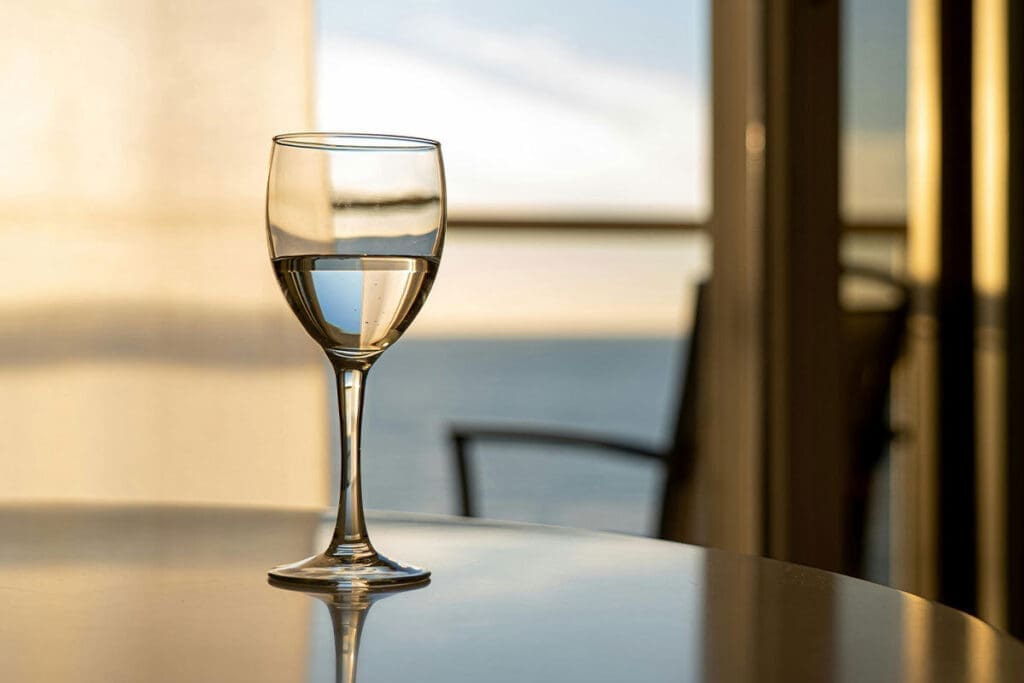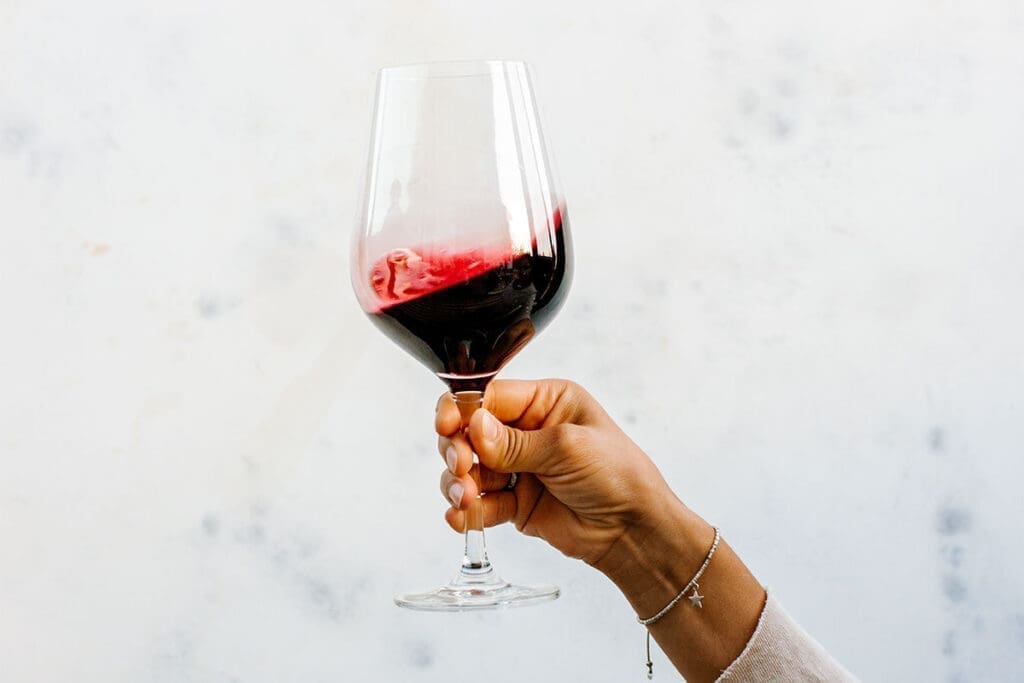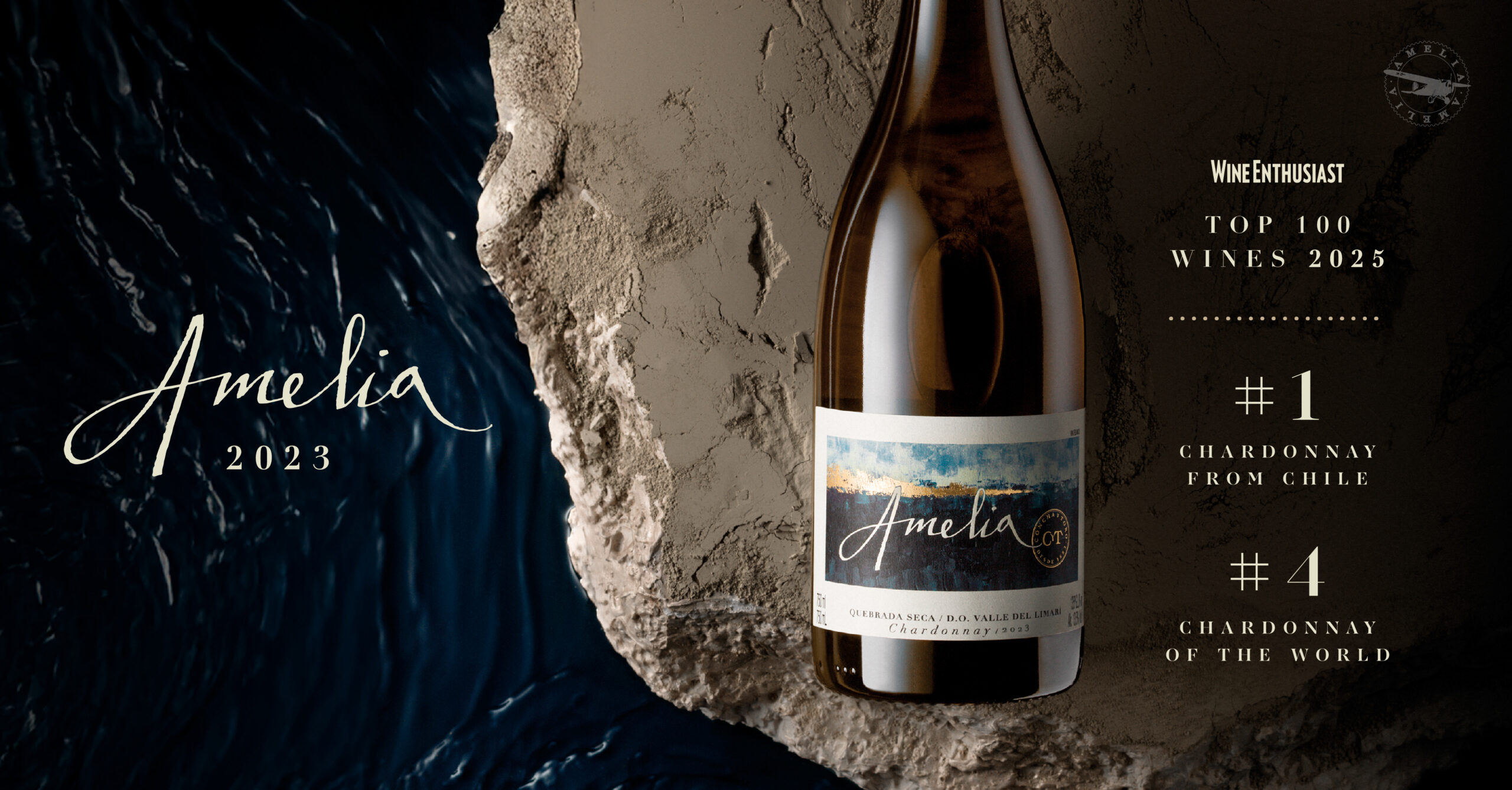26 de April de 2024
Shapes and types of wine glasses. Learn how to use them correctly.
Are you aware that there are glasses of different sizes and shapes that are suited for each wine type? We have compiled a guide to help you choose the right glass for each wine strain and understand why this is important in wine tasting.
The main reason behind developing an ideal way to serve wine was to express its full potential. It is hard to imagine a mature, concentrated Cabernet Sauvignon served in a flute-like glass for sparkling wine. With its many aromas and full-bodied nature, red wine requires ample space to breathe and showcase its true character.
The shape of the glass is as important as the temperature of the wine during a professional wine tasting. Each glass has unique features, and each serves a specific purpose. The thinner the rim, the less distracted we will be while enjoying the wine. A good glass has a smooth rim that allows the wine to flow naturally. The bowl of the glass has different volumes and shapes, each suitable for a particular style of wine. The stem enables us to hold the glass without warming it with our hands and helps oxygenate the wine by rotating it. Lastly, the foot ensures that the glass remains upright.
Glass for sparkling wine
A glass for sparkling wine is typically designed in the shape of a flute. This type of glass is long and narrow to maintain carbonation and capture the flavors.
Glasses are available in four shapes: semi-flute, narrow flute, high flute, and coupe. You should choose the one that suits you the best. Some wine experts argue that flutes are not necessary and that using glasses for white wine is sufficient. Using a regular glass allows you to feel the aroma of the wine better, although flute glasses are specially designed to enhance the bubbles and provide an optimal experience.
White wine glass

A classic white wine glass has a straighter U-shaped bowl than a red glass. This shape allows the wine to maintain a cool temperature, which is crucial to appreciate its qualities. To showcase their aromas and crisp freshness, white wines should always be well refrigerated.
Many white wine glasses are available on the market, depending on the grape variety, region, and wine style. For example, the glass used for more mature white wines will be straighter and taller to dispense the wine on the back and sides of the tongue to taste its bolder flavors.
Red wine glass

There are two common types of red wine glasses: Bordeaux and Burgundy. A Bordeaux glass is taller with a less significant bowl and is suitable for full-bodied wines like Cabernet Sauvignon and Merlot. The glass’s height allows the wine to reach the back of the mouth, maximizing its flavor. For Don Melchor, an exceptional Cabernet Sauvignon from Puente Alto, a special glass with a bowl shaped like a wide tulip, has been designed.
A red wine glass is generally larger than a white wine glass. Dipping your nose into the bowl lets you smell the wine’s aroma. Red wines have complex aromas and flavors, which require a glass with a larger surface area. This allows the wine to come into contact with more air. A Burgundy glass is for lighter-bodied wines such as the classic and elegant Pinot Noir. It is not as tall as Bordeaux but has a larger bowl, directing the wine to the tip of the tongue to taste its most delicate flavors.
Sweet Wine Glass

Sweet wines are typically served alongside desserts. While there are several kinds of sweet wines, one crucial rule must be followed: the wine should be sweeter than the dessert. To ensure that the sweetness is not overpowering, it is suggested to use a smaller glass, like our Late Harvest sweet wine glass, which directs the wine to the back of the mouth. Since sweet wines typically have a higher alcohol content, it is best to use a small glass to taste a smaller serving.
While a glass shape can be used for all wine types, the bowl must be large enough to swirl the wine, allowing it to open up to more air, which releases its aroma.










